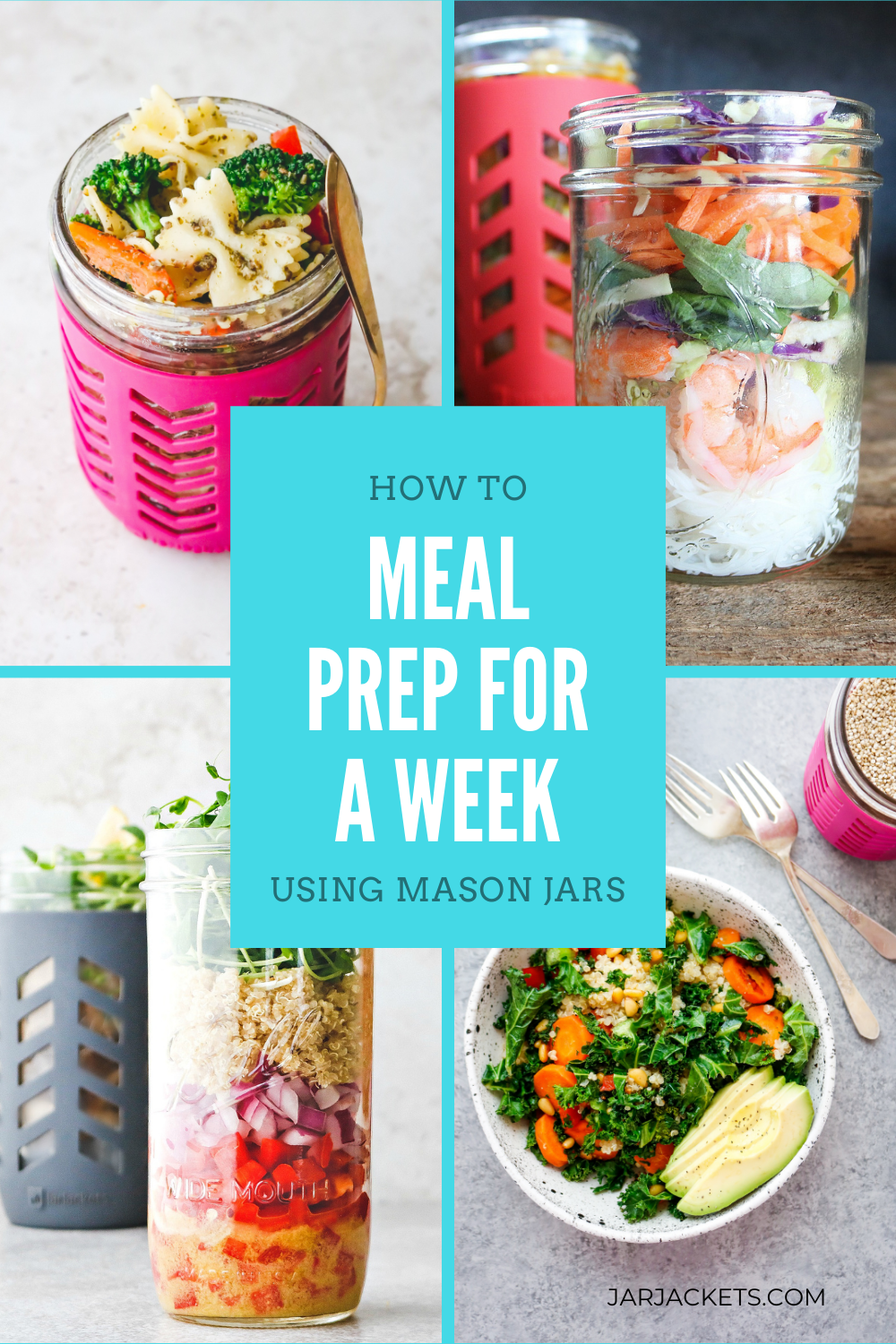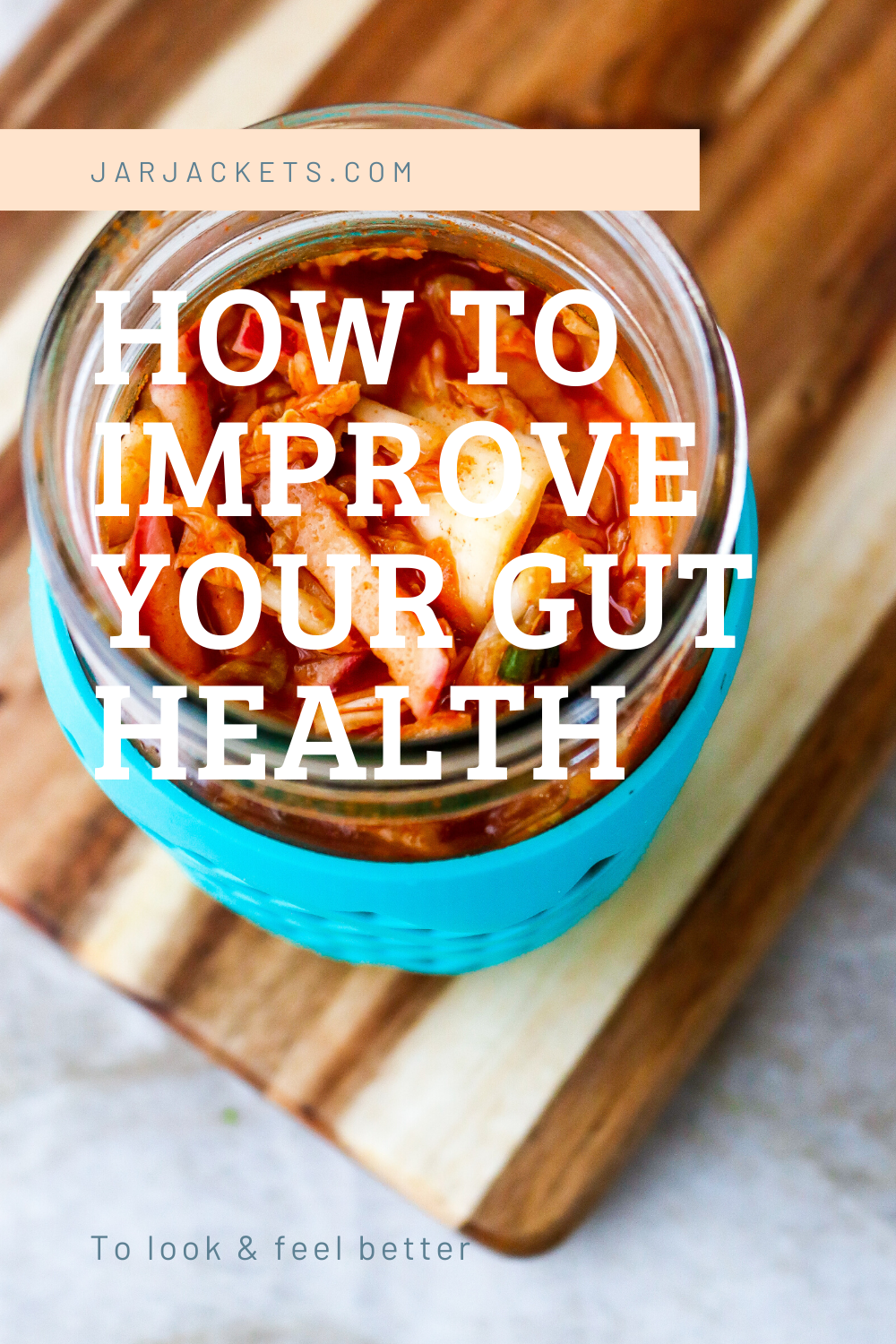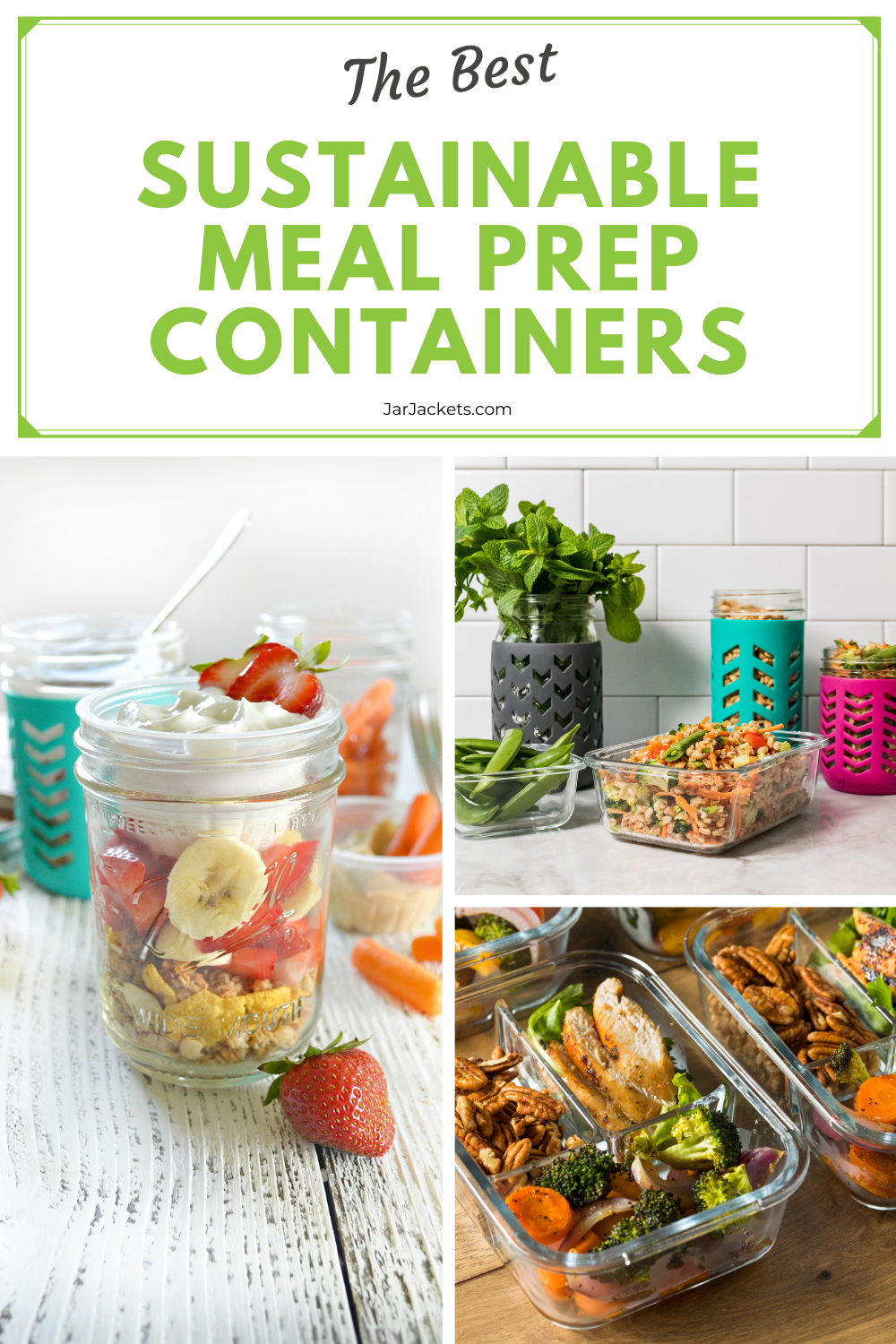Your Cart is Empty
FREE SHIPPING (US ONLY) ON ORDERS OVER $20
FREE SHIPPING (US ONLY) ON ORDERS OVER $20
September 17, 2020 4 min read

Everybody needs clean clothes, but the chemical pollution and greenhouse gases created on laundry day can be bad for the planet.
Detergents are greener than they used to be, thanks to industry agreements and numerous state-level bans, but the chemicals they contain are still toxic in high enough concentrations. Bleach, for example, contributes to chlorine in our waterways, and many of the chemicals in our detergents don’t break down easily, only aggravating the problem.
It also takes a lot of power to launder your clothes. Dryers eat up 6% of the energy used by U.S. households each year, and washing clothes in warm or hot water is even more of an energy suck. Fortunately, there are a number of simple things you can do to keep your outfits fresh and the earth clean.
Using hot water to wash your clothes can be useful because it kills bacteria and germs. If you’re cleaning bedsheets that were used by a sick person, for example, you’ll want to turn up the heat. But hot water also loosens dyes, which are really just stains that you want on your clothes.
Hot water washing comes with environmental problems too. Up to 90% of the energy your washer uses goes to heating water. Flip the dial to cold and you’re not only conserving energy, you could be saving up to $0.60 per load. By some estimates, the average American family washes more than 300 loads a year, meaning they could annually save more than $180 by keeping the water temperature down.
Most modern detergents use non-ionic and anionic surfactants, which make it easier to link different combinations of gases, liquids, and solids to each other. If you’ve got dirt on your clothes, the hydrophilic end of the surfactant compound will attach to a water molecule while the hydrophobic end grabs the dirt. Then, down the drain it goes.
The problem is that high concentrations of many surfactants are toxic to wildlife and stick around in the environment longer than the contents of biodegradable detergents. Imagine if you were constantly inhaling laundry soap. You wouldn’t like it and wildlife doesn’t either.
Biodegradable detergents, as their name suggests, contain as many biodegradable elements as they can. They use cleaners such as sodium lauryl sulfate, which breaks down in about four days, and derive many of their ingredients from plants. You get clean clothes and fish get cleaner water. It’s perfect.
These green detergents will be labelled as such and they usually don’t feature dyes or perfumes, a bonus for both the environment and your skin—nobody likes to get itchy in their freshly laundered clothes. And you may not have to chuck the detergent you’re using now; the active ingredients in some common detergents may also fit the bill.
Wondering why we don’t see the classic American image of billowing blouses on the clothesline more often? It turns out communities have been at war with the outdoor line for a long, long time, as revealed in this 2007 New York Times piece. Fortunately, you can buy a clothes drying rack on Amazon, and you really should, not just to save energy.
Dryers are clothing destroyers. Over time, they can bake natural fibers until they become fragile. The tumbling action can increase wear. And then there’s shrinkage, where the heat of the dryer packs the wet fabric fibers together. The more you use the dryer, the more quickly your clothes will wear out and end up in the trash.
In 2015, more than 32 billion pounds of textiles ended up in the garbage across the U.S. Most of it ended up in landfills, and the problem is only getting worse.
That's because as plastic increasingly finds its way into our clothes, clothing waste becomes a larger factor in microplastic pollution. Microplastics are so prevalent that they're turning up everywhere from the Arctic to our beer.
Air drying is kinder to your clothes, so they’ll stay out of the landfill longer and keep their plastics to themselves.
Another problem is how long we keep our faithful appliances around. You might know exactly how that beater in your basement works, but an Energy Star-certified washing machine will use 25% less energy and 33% less water. A modern dryer, meanwhile, will use 20% less energy
There are other factors as well. When buying a new washer, look for the term "Water Factor". This measurement tells you how much water the machine needs to clean clothes. The lower it is, the better. And, of course, if you can, power those washers and dryers with renewable energy.
If you’ve gotten this far, you know microplastics from synthetic fibers are filtering into the environment from the clothes we throw out. But that’s not the only way they pollute. Dryer lint sneaks microparticles into water around the world, so even a lovingly-cared-for garment can be a problem.
To avoid these plastics altogether, replace your worn-out clothes with natural fibers such as wool, cotton, and hemp. Even blends of natural and synthetic fibers will reduce the risk to waterways, and a little effort, if we work together, goes a long way.
Written by Dan Seitz for Popular Science and legally licensed through the Matcha publisher network. Please direct all licensing questions to legal@getmatcha.com.
Want to make your own biodegradable detergent? You might be surprised how easy it is. In addition to benefiting the planet you'll also likely save quite a bit of money. Here's an easy recipe for laundry detergent you can make at home with common ingredients you can find at your local hardware store, natural foods store, or on Amazon.
Sustainability
5 minutes
We love this tried & true powdered laundry detergent recipe because it only has 3 commonly found ingredients. It's simple, easy, and incredibly cost effective. In fact, by our estimation you could make enough laundry soap to power through a year's worth of dirty laundry for a family of 4 for under $30 in material costs.
This recipe makes the perfect amount of detergent to store in a wide-mouth quart sized mason jar in the laundry room. We recommend investing in a small wooden tablespoon scoop to measure out the proper amount for each load.
Note: This homemade laundry soap/detergent also works in all HE front-load washers.
1 4.5 ounce bar of laundry soap, grated (such as Dr. Bronner’s or Fels-Naptha)
14oz Borax
14oz washing soda (such as Arm & Hammer)
Using a box grater, grate laundry soap bar into shavings.
Mix together all 3 ingredients in a bowl or for a finer powder, use a food processor.
Transfer to a mason jar or other container with a tight fitting lid.
Use 1 Tbsp per small load or 2-3 Tbsp for large or heavily soiled loads.
Protect that quart sized jar from calamity by pairing it with a 32oz mason jar sleeve.
Comments will be approved before showing up.

April 26, 2025 6 min read
We all like the idea of making our families healthy meals, saving money and doing our part to cut down on waste.
But we also like the idea of getting a good night’s sleep, not having a huge mess to clean up in the kitchen after dinner and — just maybe — having time to watch a bit of Netflix or read a book.

April 16, 2025 4 min read

April 09, 2025 2 min read